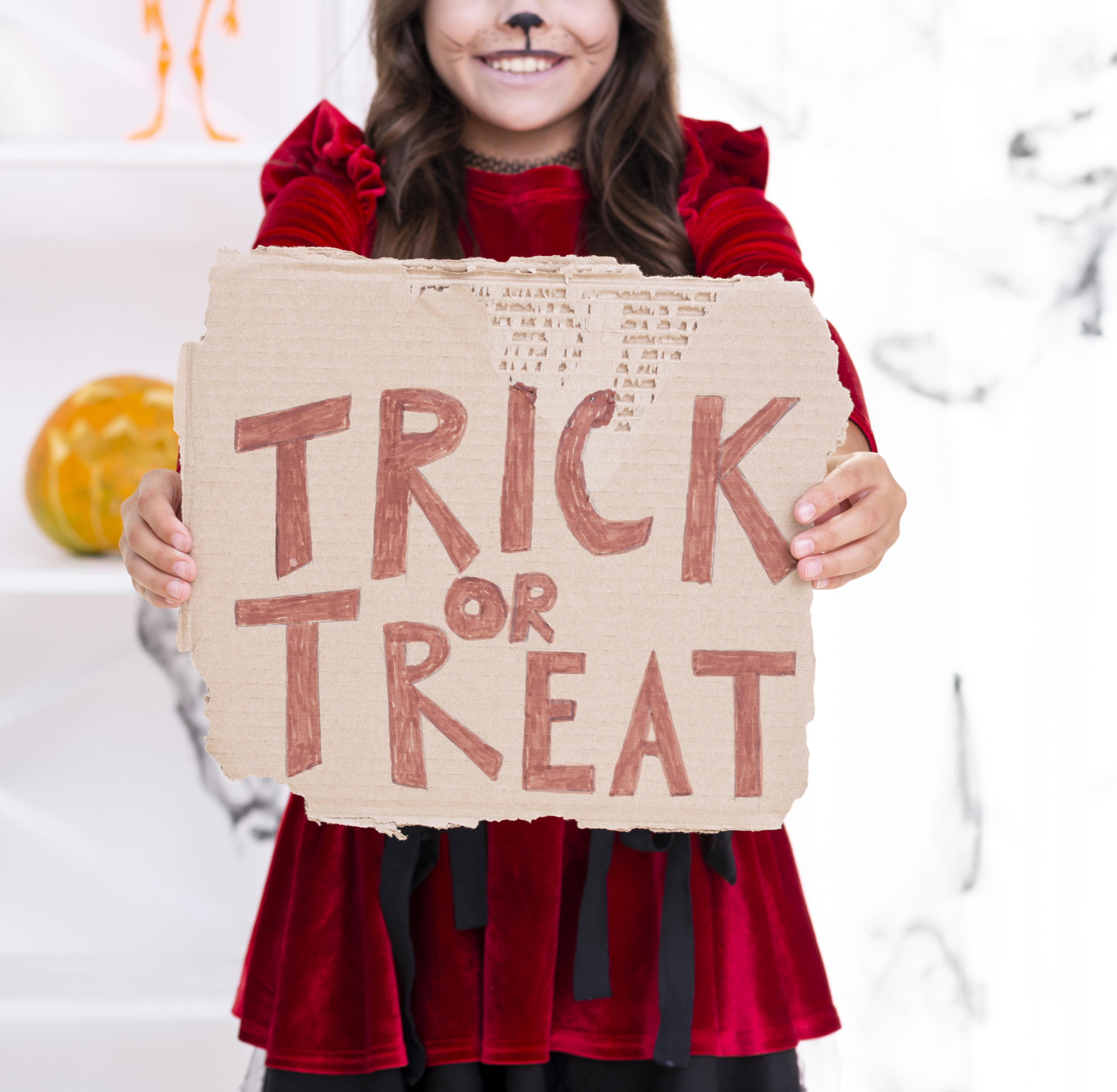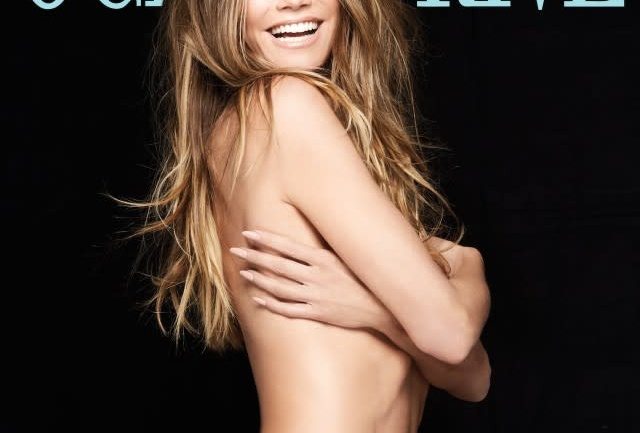Title: The Wicked Poster Controversy: What’s Really at Stake?
Let’s talk about drama. And no, I’m not referring to the over-the-top antics of your favorite reality TV star or the plot twists from the latest Netflix binge. I’m talking about the kind of drama that can set the internet ablaze with a single image—a drama so intense that it makes you wonder whether we, as a society, are more concerned about how something looks than what it means.
Enter: The Wicked movie poster.
Now, I know what you’re thinking. A poster? Really? How could something as seemingly insignificant as a movie poster spark such a fuss? It’s just a promotional image, right? Well, that’s where things get messy. If you’ve been anywhere near the theater or social media lately, you’ve probably seen the backlash that’s been brewing around the new Wicked poster—one that, depending on who you ask, is either a piece of art or a firestorm waiting to happen.
For those of you who might not be aware (where have you been hiding?), Wicked, the beloved Broadway musical that reimagines the Wizard of Oz from the perspective of the witches, has been making waves with its upcoming movie adaptation. The buzz around the casting, the music, and the promise of an epic film has been as electric as a lightning bolt. But nothing gets people talking quite like a piece of artwork designed to tease what’s to come. The new Wicked movie poster has done exactly that—except, not in the way the creators might have hoped.
So, why is this poster causing such a stir? What is it about this seemingly simple image that’s driving people to the edge of their seats, fingers hovering over keyboards, ready to post their hot takes for the world to see? Buckle up, because the drama is real, and it’s about to get wicked.
The Poster: The Calm Before the Storm
At first glance, the Wicked movie poster looks like what you’d expect: it features the two leading witches—Elphaba (played by Cynthia Erivo) and Glinda (played by Ariana Grande)—in a dramatic, ethereal pose that instantly tells you this is no ordinary musical. The green lighting casts an almost mystical glow on Elphaba’s face, while Glinda is framed in soft pastel hues, her blonde curls catching the light. The tagline? “You can’t miss this.” Okay, simple enough, right?
But then, something odd happens. The backlash begins.
The controversy wasn’t sparked by the visual quality of the poster—oh no, that’s not the issue. It’s the intentions behind it. Fans of the musical and those who have followed the story for years, as well as newcomers to the Wicked universe, all weighed in with their thoughts and emotions, and let’s just say, it wasn’t pretty.
A Wicked Edit: A Fan’s Vision or a Problematic Message?
What made the poster really blow up, you ask? Well, as with most things in today’s digital age, it all started with a fan edit. A single person—let’s call them a Wicked fan with some serious Photoshop skills—decided to “improve” the poster. The edit took the already iconic image and, in a move that will go down in poster history, altered it to show a closer, more prominent shot of the two witches, highlighting their contrasting personalities even more than the original design. The new image was bold, edgy, and yes—intense. Fans went wild. Some loved it, some hated it, but it was clear that this edit was shaping the conversation in unexpected ways.
But here’s where things took a turn for the worse. When the poster’s design was compared to the fan-made edit, some people began to question whether the official image was presenting the characters in a way that felt, well, “right.” Was the original poster too “safe”? Too clean? In an effort to present both Elphaba and Glinda as equal protagonists, some felt that the Wicked creators had inadvertently downplayed the fierce complexity of Elphaba’s character—literally and figuratively.
Many fans were outraged by what they saw as an “over-glamorization” of Glinda and a softening of Elphaba’s green-skinned, rebellious edge. It seemed like the poster was erasing some of the more intricate layers of these two powerful women. But it wasn’t just about the image itself. It was about what that image said to its audience.
A Matter of Representation
At the heart of the controversy is a much larger issue: representation. The casting of Cynthia Erivo as Elphaba and Ariana Grande as Glinda was met with mixed reactions from fans before the poster even came out. But with the poster, something bigger was being asked: How are we representing these characters in a world that is more aware than ever of what it means to truly see a person?
There’s no denying that Elphaba’s story—her rise from misunderstood outcast to powerful political figure—is one that resonates deeply with marginalized communities. She is the “other,” the person who doesn’t fit the mold, who doesn’t conform, and who challenges the status quo. And yet, when the Wicked movie poster appeared, it felt as though this narrative was being softened for mass appeal. Were they turning Elphaba into a generic, Hollywood-friendly character, with all the grit and angst removed? Or were they just trying to make her look more “accessible” for mainstream audiences?
The problem with this portrayal is that it diminishes the essence of who Elphaba really is. She is powerful, she is bold, and she is unapologetically herself—green skin and all. To simplify her into a character that is only defined by her beauty or by how she looks next to Glinda’s more traditionally “feminine” image is to ignore the real heart of the Wicked story. And that’s why fans were so upset.
But let’s not forget: this is a movie poster we’re talking about. A single image, out of a long, intricate film that will hopefully do the characters justice. This doesn’t mean we should throw the entire production out the window because of one picture. But it does raise a valid question about how we engage with stories and what we choose to highlight when bringing them to life.
Why We’re So Invested in the Poster
So, why does this all matter so much? Why are we so invested in a simple poster for a film that isn’t even out yet? It’s because the image is a symbol. It’s not just a piece of marketing. It’s a representation of how we see ourselves and how we want to see others. The way we portray Elphaba and Glinda on this poster says something about how we value the women they represent. Are they more than just pretty faces with pretty costumes? Are they complex characters with rich inner lives, or are they just the latest shiny objects to grab attention?
The Wicked poster controversy isn’t just about design or how a fan edited the image. It’s about how the world sees power, beauty, and authenticity. It’s about what we’re willing to accept in terms of representation and the stories we choose to tell. We live in a world where images matter more than ever. So, when a poster like this lands with such a thud, it’s not surprising that the conversation is loud, passionate, and filled with emotion.
In Conclusion: The Wicked Reality
In the end, maybe the Wicked movie poster controversy isn’t just about a bad Photoshop job or a misunderstood marketing decision. Maybe it’s a reflection of the larger conversation we’re having about representation, identity, and what we want from the stories we love. When we look at an image, we’re not just seeing colors and shapes—we’re seeing ourselves, our hopes, and our dreams.
So, next time you see that Wicked poster, take a moment to think about what it means. Is it just a poster? Or is it a reflection of everything we want to be—bold, unapologetic, and wicked in all the right ways?


